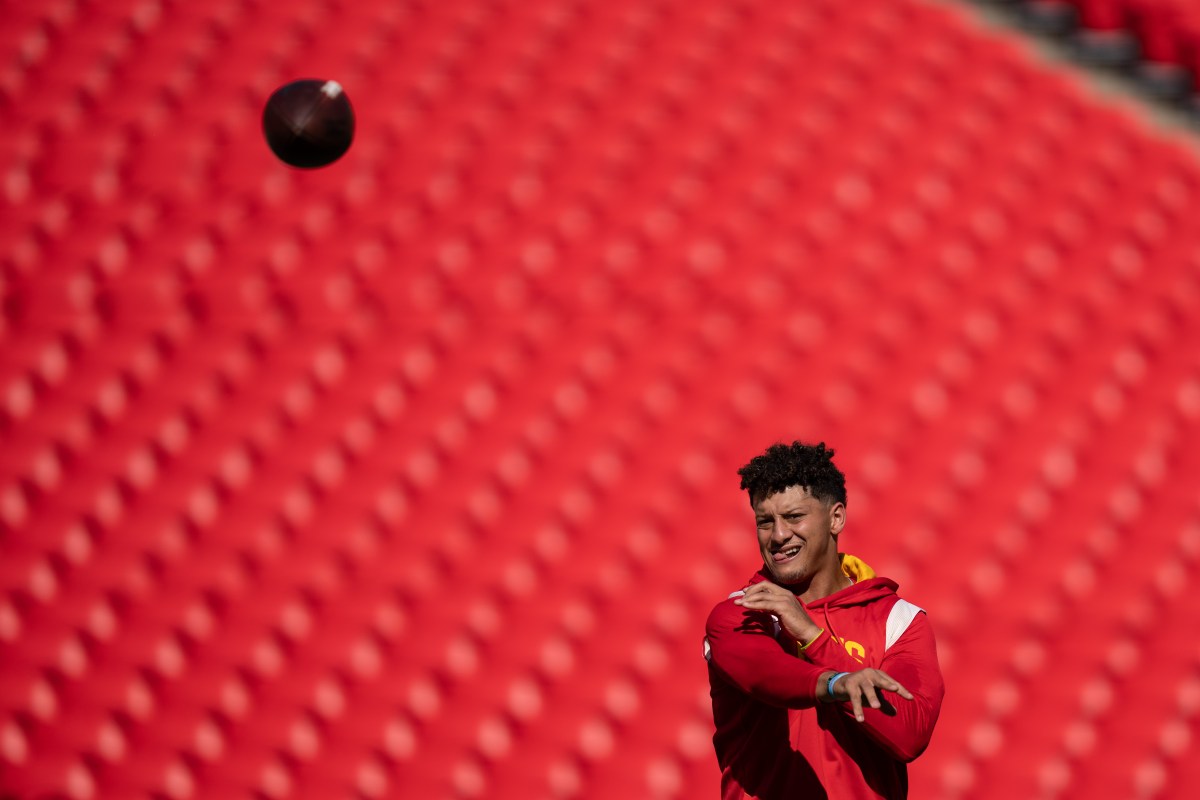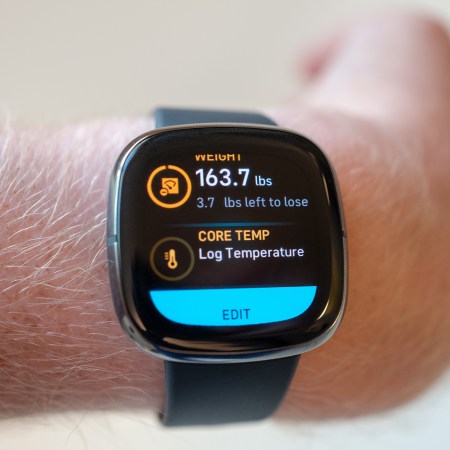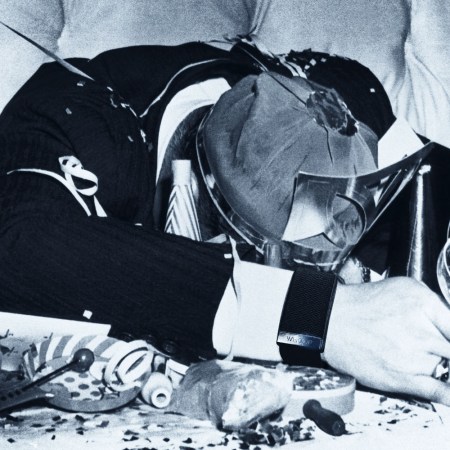Patrick Mahomes posted some remarkable stats last season. For the third time in his career, he threw for over 35 touchdowns and 4,500 yards in a campaign, while matching his career-high completion rate of 66.3%.
But some of the metrics that Mahomes logged off the field in 2021 are equally elite, and a direct reason he was able to perform so well over the grind of the five-month season.
Like the rest of the NFL, the Kansas City Chiefs superstar wears WHOOP technology. (Whoop has been the official licensed recovery wearable of the NFLPA since 2017, and the NFLPA actually contributed to its Series C funding round four years ago.) The Boston-based fitness tracking firm has made a $4 billion business of distilling athletic performance and progress down to Strain and Recovery.
Strain is the effort you put into a given day, workout, AFC Championship, what have you; it’s meant to account for the toll that your effort took on the body. Recovery, meanwhile, is the extent to which you’ve bounced back from that effort, physiologically, through strategic rest days and sleep. While Strain is expressed as a number out of a maximal 21, Recovery is given as a percentage out of 100.
These are branded terms and figures, in that WHOOP made them up, but that brand also has partnerships with MLB, the PGA, CrossFit and the US Army, to name just a few. So, it’s safe to say they’re legit biomarkers for assessing performance and constructing a narrative. And in taking a peak at Mahomes’ metrics — which WHOOP made available to the public this week — we see a quarterback who takes his recovery very seriously.
During the regular season, Mahomes was averaging a Strain of 19.5 on Sundays. There’s an old saying that the week-to-week physical trauma NFL running backs experience is similar to “getting in a car accident.” Well, WHOOP has the data to prove that Mahomes’ Strain is akin to the cardiovascular exertion of running a marathon. Between the nerves leading up to the game, the hits he takes from 300-pound defensive ends, the scrambles for the sideline and the pressure to make a throw when the game is on the line…it all combines to put his heart under a tremendous amount of stress.
The best defense against that kind of stress is sleep. Mahomes goes into games preposterously well-rested. He sleeps like a baby — meaning, literally, he puts up baby-worthy sleep hours. Before a crucial against the Los Angeles Chargers in Week 15 of last year, he slept for 14 hours and 52 minutes. The rest earned him a 98% Recovery ahead of the bout, and he led him team to a 34-28 victory, tossing 410 yards and three touchdowns in the process.
WHOOP dreams of one day having their biomarkers ingratiated into expert analysis and in-game chyrons; perhaps the idea isn’t so far-fetched. These sorts of stats tell stories in the short and long-term. For instance: despite Mahomes’ clear reverence for sleep (even in the offseason, there are nights where he reaches 11 hours in bed), it’s difficult for him to outrun the rigors and violence of his sport. Over the course of a year, his resting heart rate increased by 23% (not good) and his heart rate variability decreased by 6% (also bad), suggesting serious overexertion.
It’s a worthy reminder, too, fresh off last night’s Thursday night game, where Roger Goodell and Jeff Bezos sat in a booth watching Mahomes and the Chiefs win their second game of the season. While top brass, network executives and special interests are always game for more games (both in the form of longer seasons and taking over more nights of the week), it poses a serious peril to players. Quarterbacks aren’t just at risk of broken ribs; they have to worry about absolute exhaustion and salvaging energy for the playoffs, when their ability to show up and make plays matters most.
As for how Mahomes’ data compares to amateur athletes? WHOOP didn’t include Mahomes’ annual averages in this snapshot (fair enough, the man deserves some semblance of health privacy), but in an average in-season week, his Strain is around 14.5 per day. The average WHOOP user comes in at 11. In the offseason, though, Mahomes’ average week is actually below that of the average WHOOP user, with just 10.25 Strain.
Why is that? Well, for one, there are lumps and bruises that need to be accounted for once the season is over. (After the previous year, Mahomes underwent toe surgery the second the playoffs ended.) But in general, the commitment to lower Strain is a reminder that Mahomes can’t win the Super Bowl in the offseason. He has to build up gradually. It would be fascinating to see what sort of year-round average Strain Mahomes would post if he were a weekend warrior like most WHOOP users instead of a professional athlete. How might he push himself if he weren’t on this unusual schedule and getting sacked five months out of the year? (That being said, Mahomes would’ve played in the NBA or MLB had he not made it to the NFL, so it was always a doomed hypothetical.)
As for sleep, Mahomes is king. WHOOP users average 56% recovery. According to this data. Mahomes regularly reaches 90%. Next time he posts 30 points for you in fantasy, know that it all started with a hefty night’s rest.
Whether you’re looking to get into shape, or just get out of a funk, The Charge has got you covered. Sign up for our new wellness newsletter today.


















